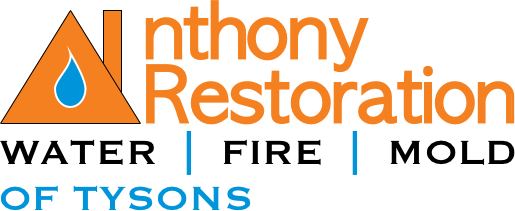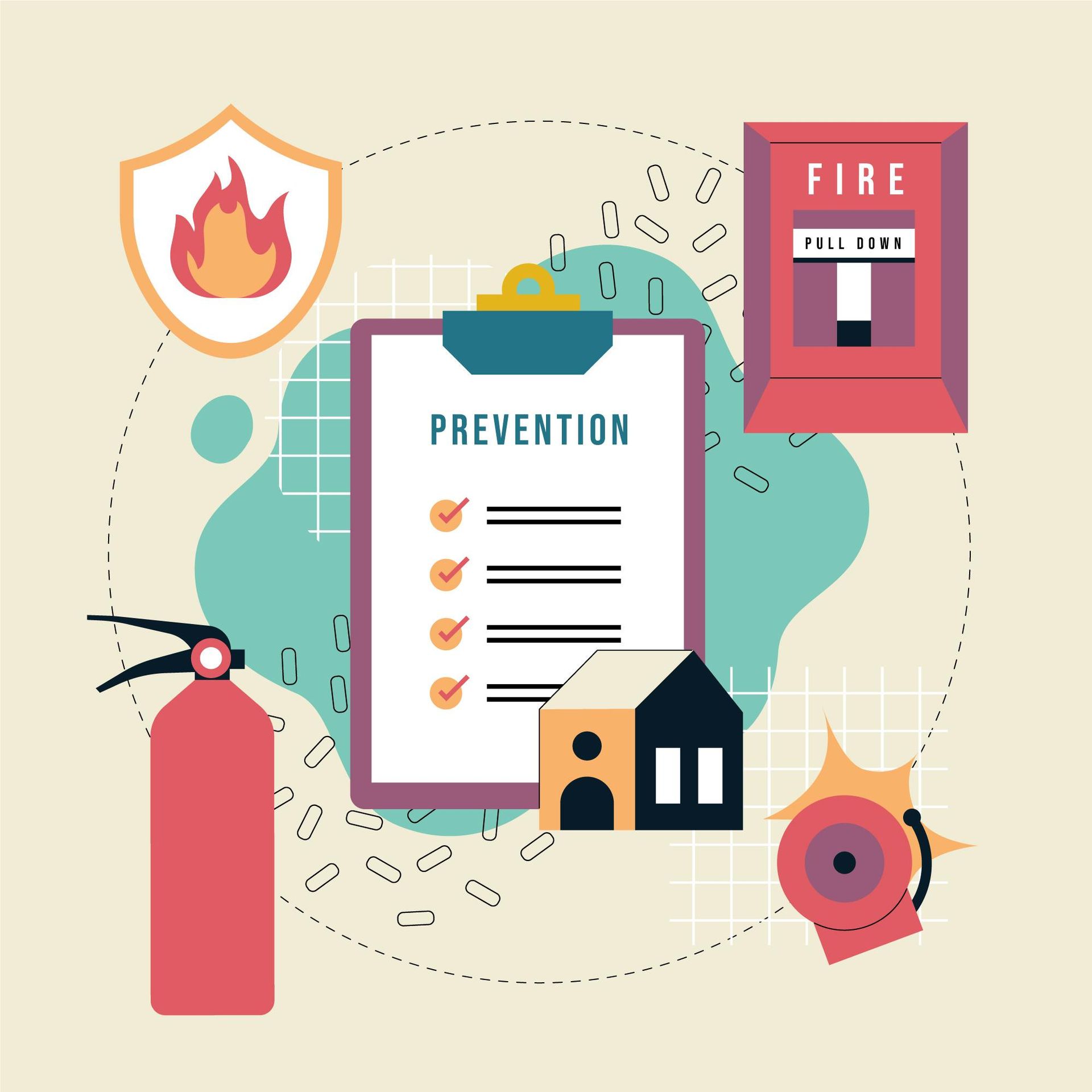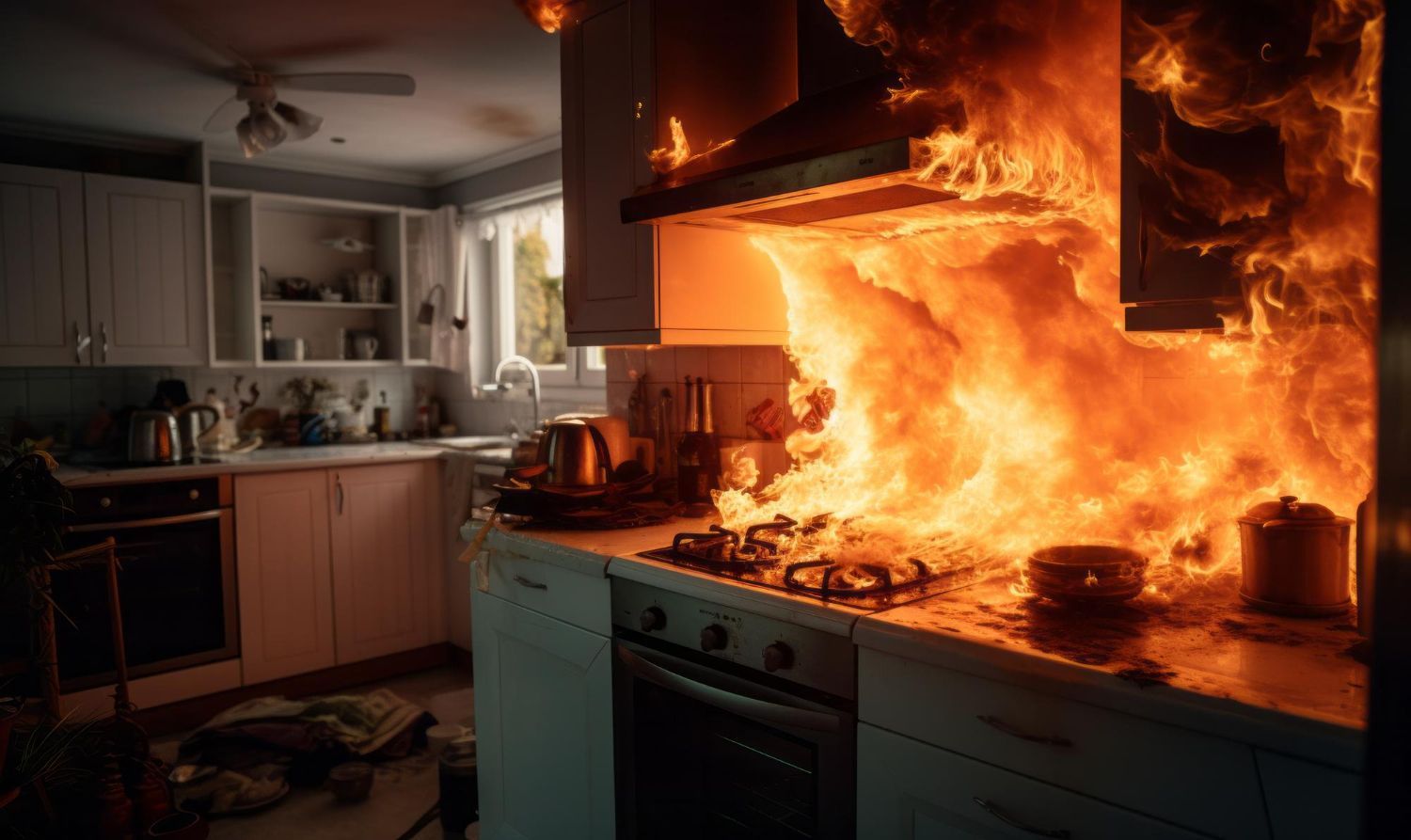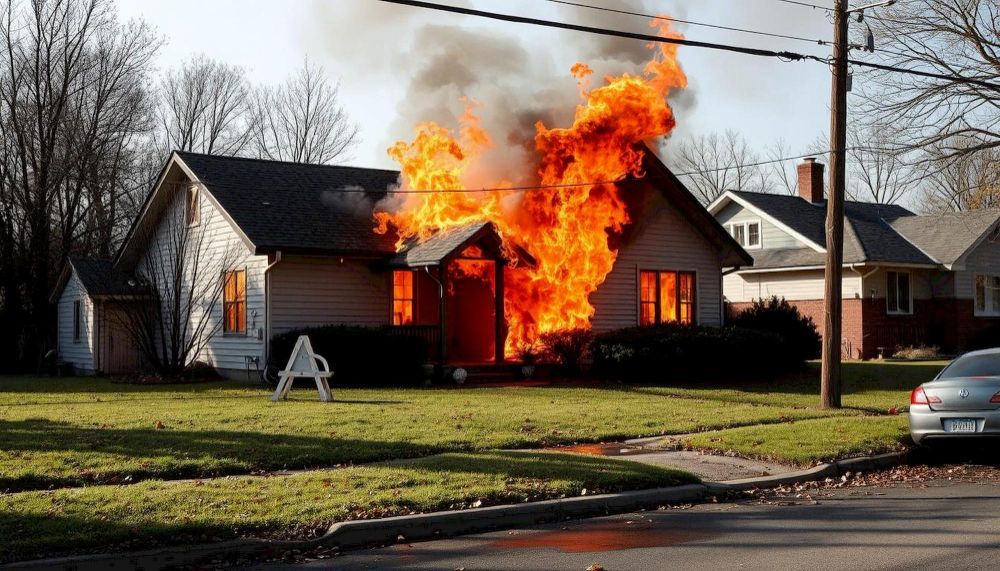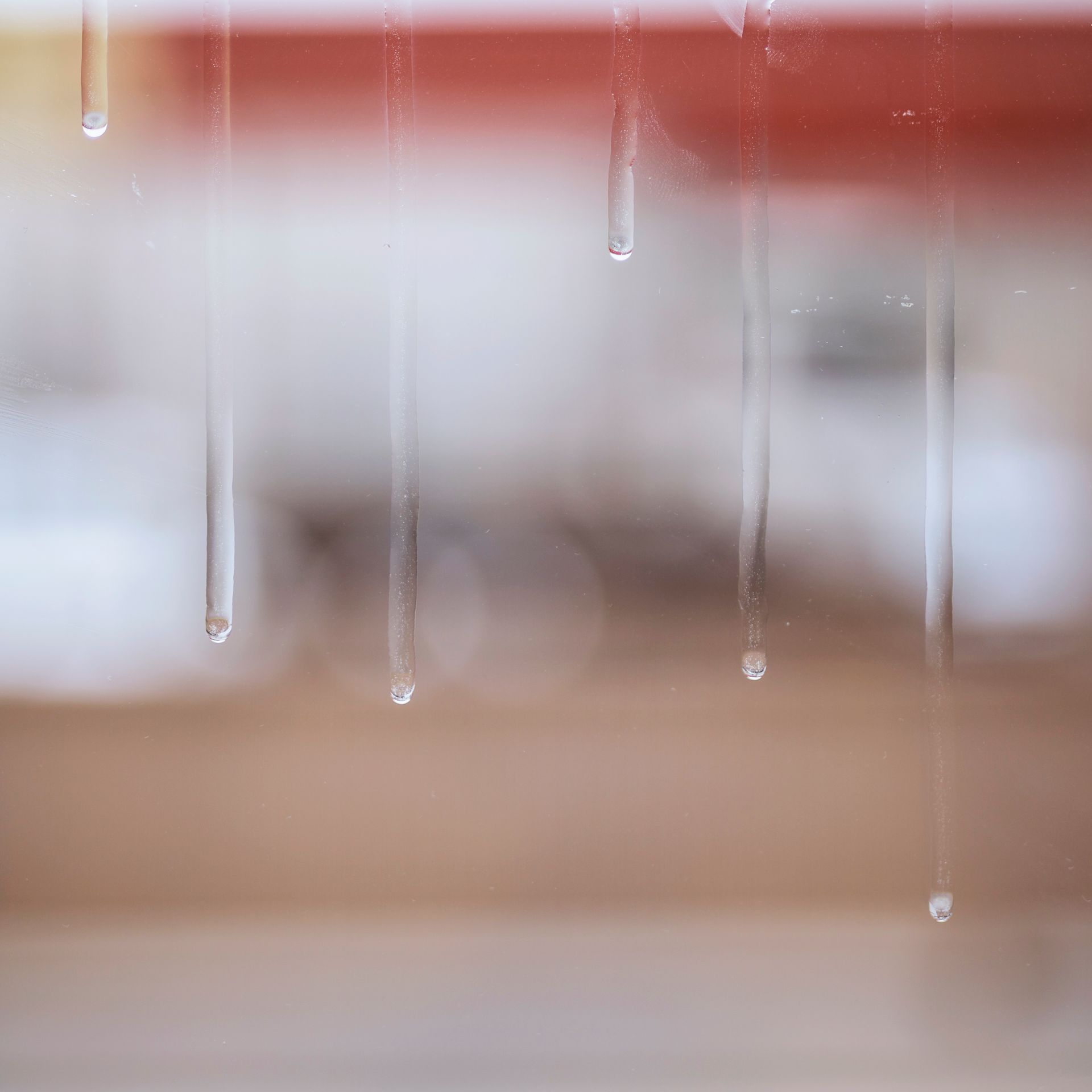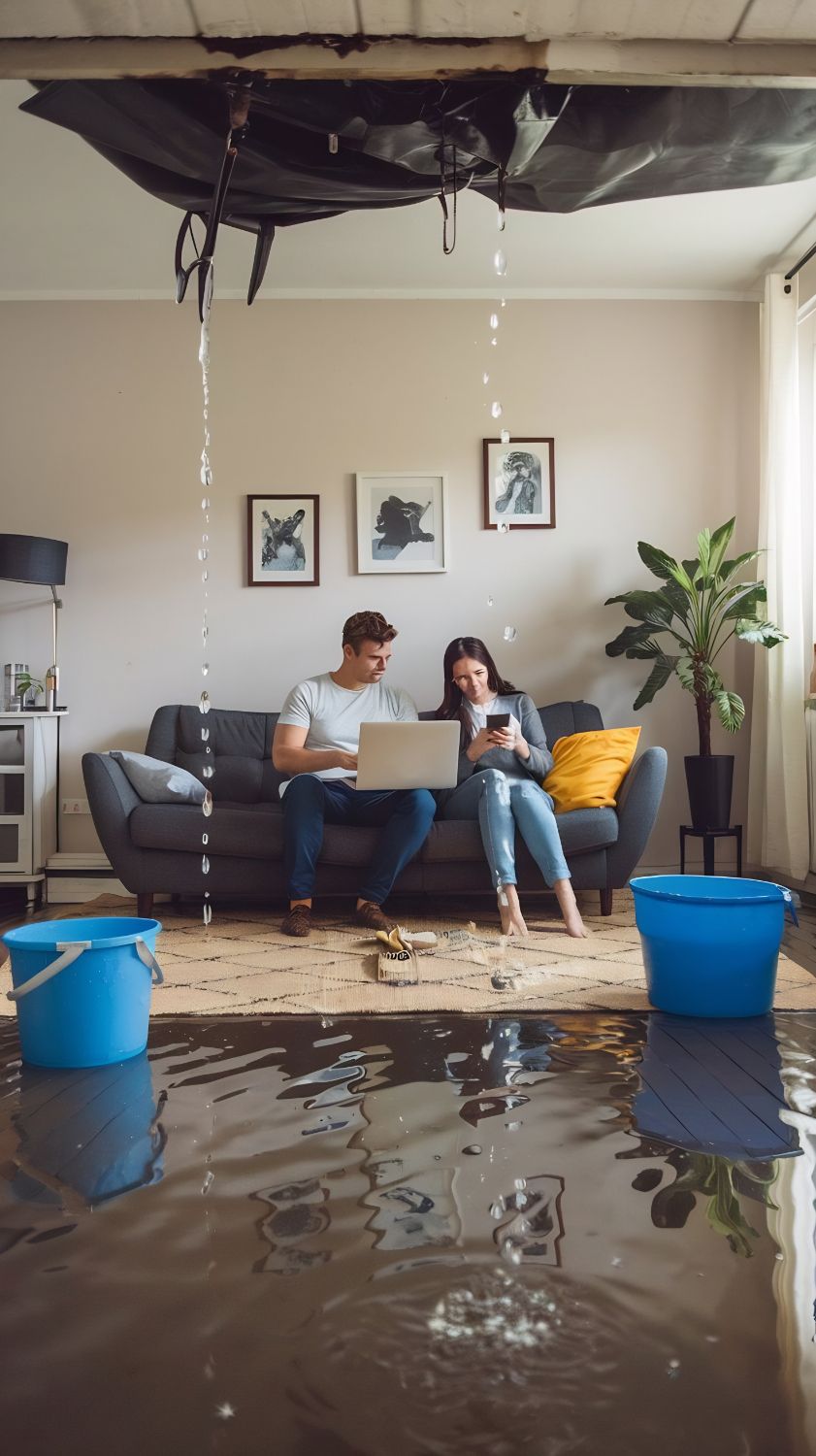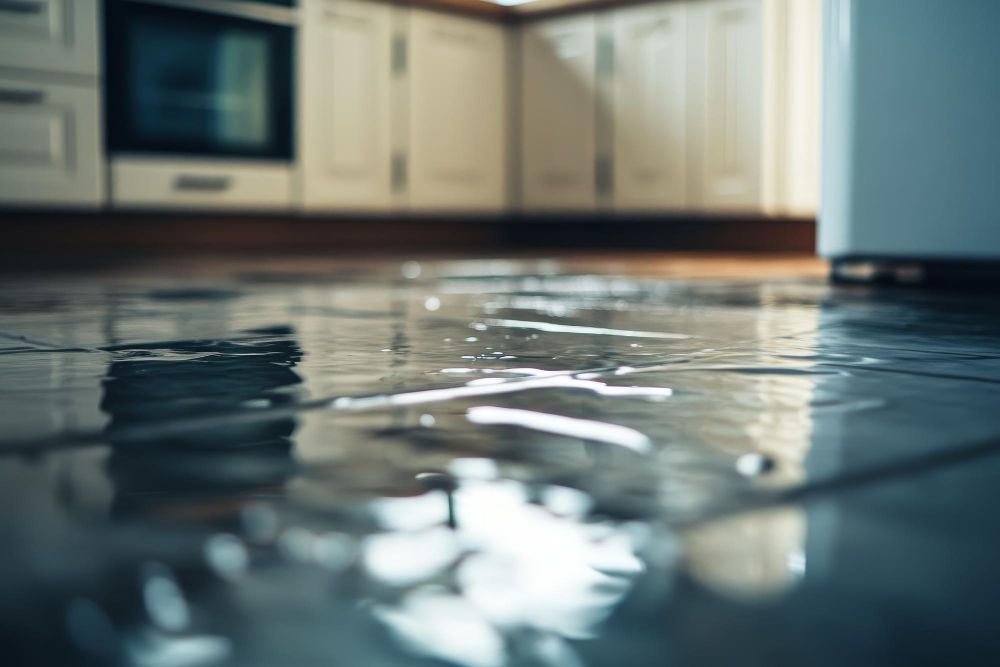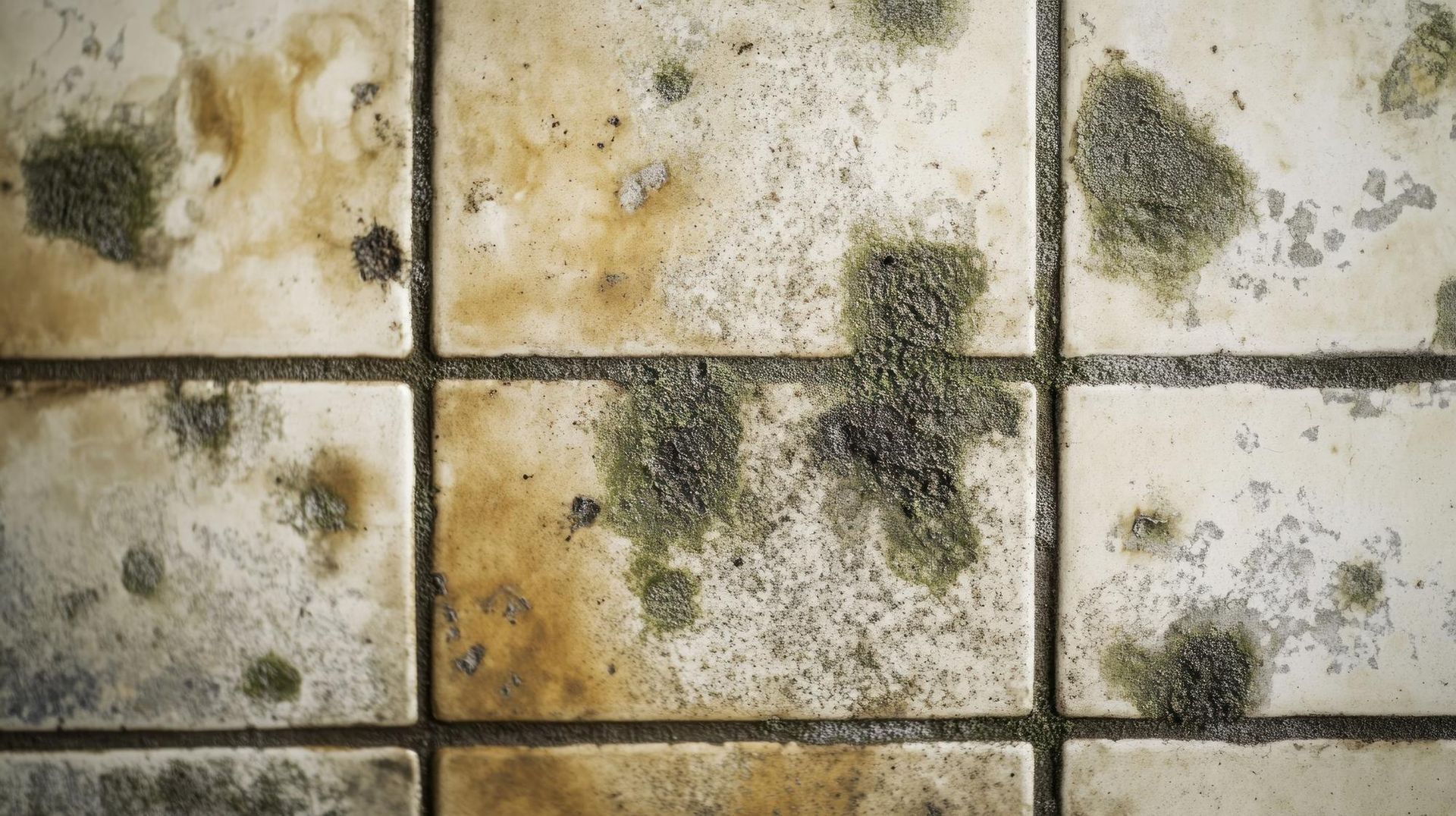The Intricate Process of Water Damage Restoration
Restoring the Flow: The Intricate Process of Water Damage Restoration -Tysons Corner, VA
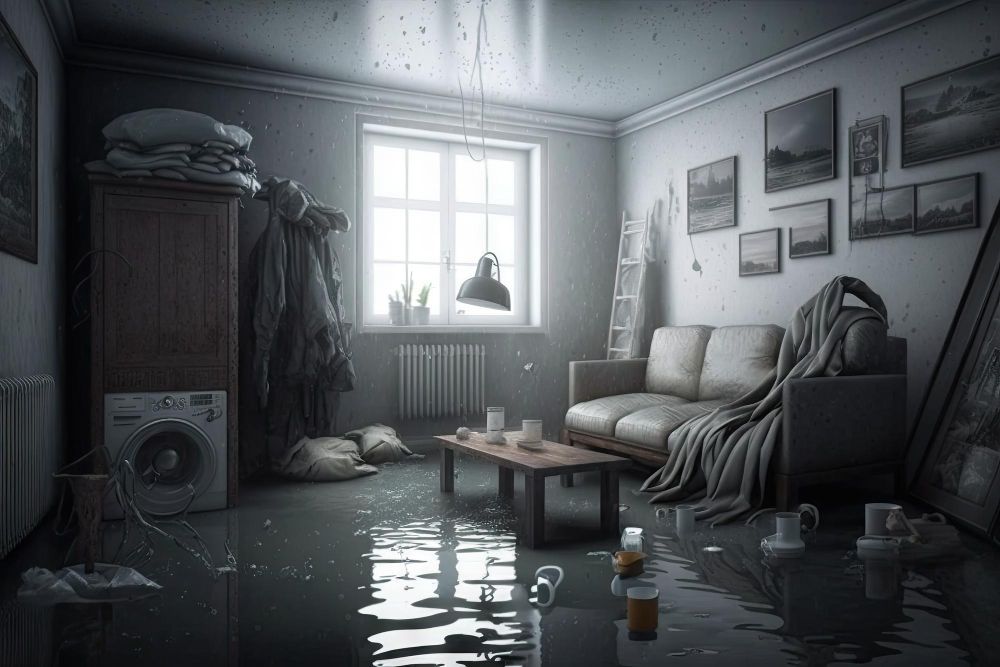
Water damage is a homeowner's worst nightmare. Whether it's from a burst pipe, a leaky roof, or a natural disaster, the aftermath can be devastating. However, amidst the chaos, there's a beacon of hope: water damage restoration. This process is not just about drying out soggy carpets or replacing damaged drywall; it's a comprehensive approach to salvaging what can be saved and restoring your home to its former glory. Let's dive into the intricate process of water damage restoration.
Assessment and Inspection:
The journey begins with a thorough assessment and inspection by trained professionals. They identify the extent of the damage, categorize it based on the source of water (clean, gray, or black), and devise a plan of action. This step is crucial as it determines the scope of work and the necessary equipment and resources needed for restoration.
Water Extraction:
Once the assessment is complete, the next step is water extraction. Using powerful pumps and vacuums, technicians remove standing water from the affected areas swiftly and efficiently. Every drop counts in preventing further damage and minimizing the risk of mold growth.
Drying and Dehumidification:
After water extraction, the focus shifts to drying and dehumidification. Industrial-grade air movers and dehumidifiers are deployed to remove moisture from the air and surfaces. This step is vital in preventing secondary damage and mold proliferation, as residual moisture can linger in hidden corners and crevices.
Cleaning and Sanitization:
Water damage brings not only water but also contaminants into your home. From bacteria and viruses to mold spores and toxins, these can pose serious health risks if not properly addressed. Professional restoration companies employ specialized cleaning agents and techniques to sanitize and disinfect the affected areas thoroughly, ensuring a safe and healthy environment for you and your family.
Structural Repairs and Restoration:
With the environment sanitized, the focus shifts to structural repairs and restoration. Damaged materials such as drywall, insulation, flooring, and even structural elements may need to be repaired or replaced. Skilled craftsmen work diligently to restore your home to its pre-loss condition, paying attention to detail and quality craftsmanship.
Mold Remediation:
Mold is a common consequence of water damage, thriving in damp, humid environments. As such, mold remediation is often a crucial component of the restoration process. Trained technicians employ specialized equipment and techniques to detect, contain, and remove mold infestations safely and effectively, restoring indoor air quality and mitigating health risks.
Final Inspection and Reconstruction:
Once the restoration work is complete, a final inspection is conducted to ensure that every detail meets the highest standards of quality and safety. This is the moment when you can finally breathe a sigh of relief as you witness your home transformed from chaos to comfort. Reconstruction may include cosmetic touches such as painting, trim work, and carpet installation, putting the finishing touches on your restored space.
In conclusion, water damage restoration is a complex and multi-faceted process that requires skill, expertise, and dedication. From the initial assessment to the final touches, every step is executed with precision and care to bring your home back to life. So, if you find yourself facing the aftermath of water damage, remember that restoration is not just about fixing what's broken; it's about restoring hope and rebuilding dreams. Give Anthony Restoration a call for all your water damage restoration needs.
